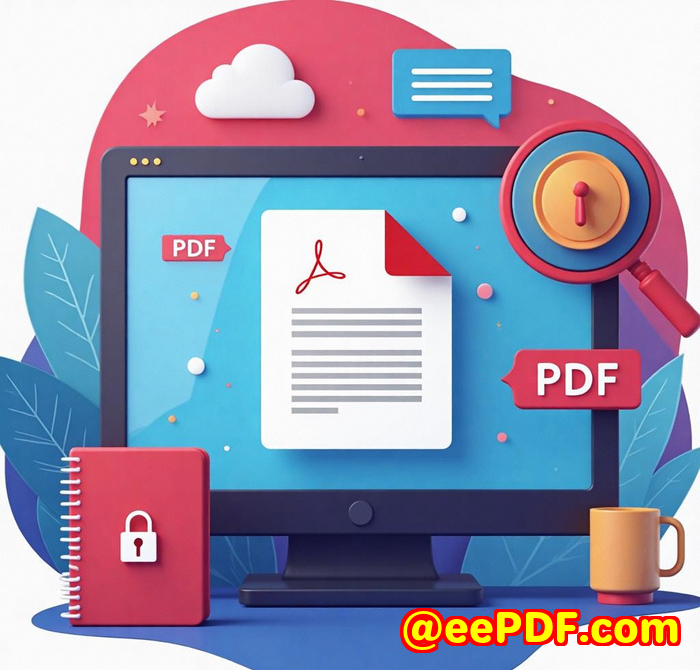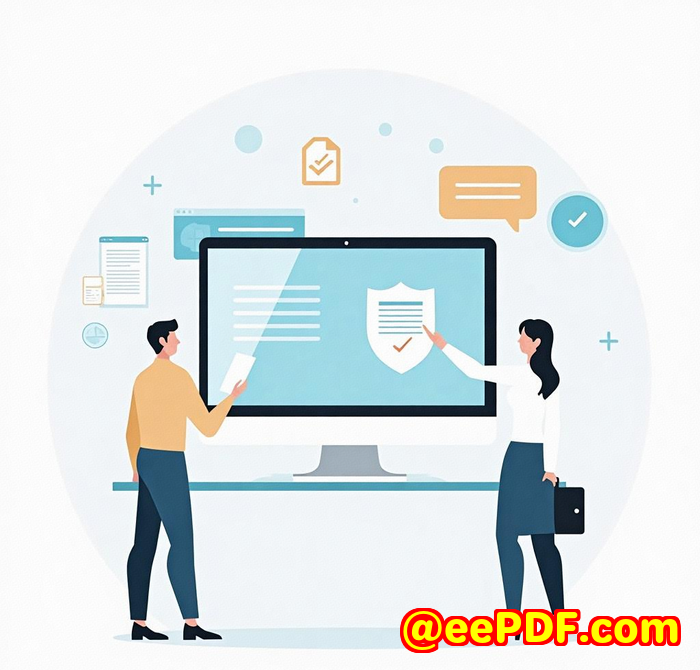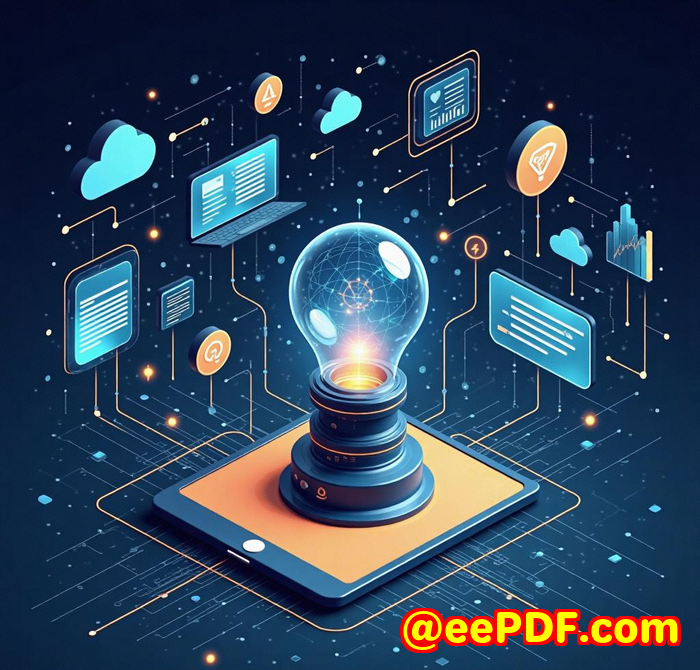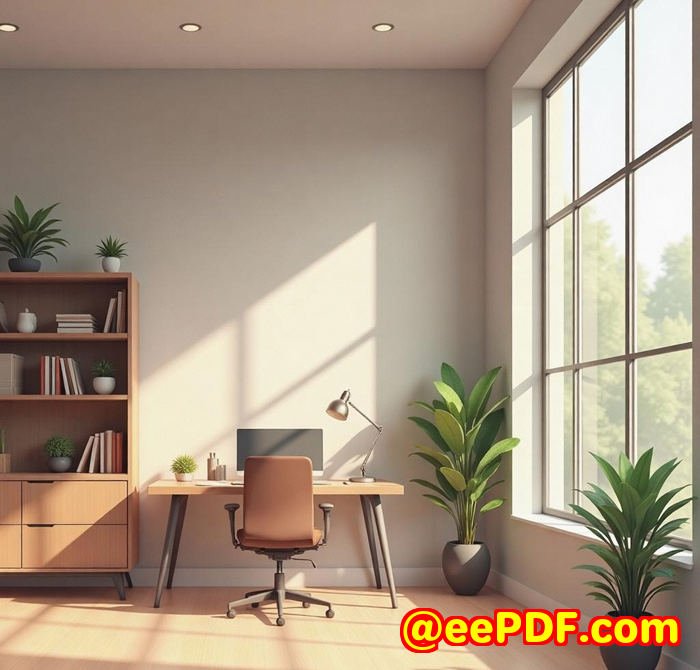How VeryPDF Rasterize API Solves Common PDF Compatibility Issues Across Platforms
How VeryPDF Rasterize API Solves Common PDF Compatibility Issues Across Platforms
Every time I received a PDF from a client or colleague, I dreaded the usual compatibility headaches. Sometimes the file would look perfect on my Mac but totally messed up on Windows. Or a complex graphic would just refuse to render properly on some devices. If you've ever been stuck trying to share a PDF that looks different depending on where it's opened, you know the pain. That's exactly why I was so relieved when I discovered the VeryPDF Rasterize PDF API for Developers.

This tool transformed how I handle PDFs across platforms, especially when dealing with complex vector graphics or ensuring documents remain uneditable and consistent everywhere.
What is VeryPDF Rasterize PDF API and Who Needs It?
For anyone who works with PDFs daily from developers building apps that handle documents to legal teams sharing sensitive contracts, or designers sending graphics-heavy files this API is a game-changer. Essentially, the VeryPDF Rasterize API converts vector-based PDFs into raster or image-based PDFs. In other words, it turns those tricky, editable, and often inconsistent vector graphics into flat, image-like PDFs that render the same on any device or platform.
Imagine turning your complex vector PDF into a single-layered image PDF that looks exactly the same whether it's opened on iOS, Windows, Android, or Mac. That's what this API does. It's especially handy when you want to lock down the content making it non-editable without sacrificing visual quality.
Key Features That Made a Real Difference for Me
I've used plenty of PDF tools over the years, but VeryPDF's Rasterize PDF API stands out because it's lightning fast, highly accurate, and developer-friendly. Here's what really impressed me:
-
Pixel-Perfect Conversion: The API ensures every detail of your original PDF is captured exactly no missing lines or distorted graphics. When I converted detailed architectural drawings and layered charts, the results were spot on.
-
Customisable Resolution and Image Quality: You can choose the resolution (DPI) and image quality to balance between sharpness and file size. For instance, when sending draft files via email, I lowered the DPI and quality for smaller file sizes. For final prints, I cranked it up for crisp, high-res images.
-
Password Protection Support: You can input an open password for secured PDFs to rasterize locked documents safely. This is perfect if you handle confidential files in legal or financial sectors.
-
Fast Cloud Processing: Since it runs on VeryPDF's cloud infrastructure, the conversions happen in seconds regardless of file size. I never had to wait around for large PDFs to process, saving me heaps of time.
-
Easy REST API Integration: As a developer, I appreciated how simple it was to plug this into existing workflows using REST API calls. The comprehensive documentation made setup smooth, even if you're new to PDF APIs.
My Experience vs Other PDF Tools
Before this, I tried conventional PDF converters and desktop apps. Here's what stood out with VeryPDF's Rasterize API:
-
Other tools often struggled with complex vector graphics, turning them into blurry or broken images. VeryPDF nailed the detail every time.
-
Desktop software slowed down significantly with large or multi-page files; the cloud API processed them lightning fast.
-
Many converters don't offer granular control over resolution or compression, forcing me to compromise quality or file size. VeryPDF gave me the freedom to tweak these parameters as needed.
-
And crucially, the rasterized PDFs maintain consistent appearance across all platforms, avoiding the usual "it looks great here but terrible there" problem.
When and Why I Use VeryPDF Rasterize PDF API
Here are a few real-world scenarios where this API saved my skin:
-
Legal Teams Handling Sensitive Contracts: Rasterizing PDFs means making contracts uneditable, which is crucial when sharing signed documents or sensitive info.
-
Developers Building Document Management Systems: Integration with REST API allowed seamless automation of PDF conversions within apps without worrying about platform discrepancies.
-
Designers and Architects Sending Artwork: Flattening vector-heavy files into images prevents layout shifts when clients open files on different devices.
-
Marketing Teams Sharing Product Specs: Ensures visual elements appear exactly as designed, no matter where the PDFs are viewed.
-
Printing and Publishing: Guarantees the final print output matches the on-screen PDF layout without surprises.
Why I'd Recommend VeryPDF Rasterize PDF API to Anyone Dealing With PDFs
If you frequently share or process PDFs that contain complex graphics, sensitive data, or require cross-platform consistency, this tool will make your life a lot easier. It solves those maddening compatibility issues by locking down document appearance and improving reliability without needing manual intervention.
It also lets you automate routine PDF rasterization tasks, freeing you up to focus on more important work. For developers, the well-documented REST API and SDKs are a huge plus, making integration quick and painless.
I've personally found it invaluable for everyday workflows and would recommend it without hesitation.
Ready to see how it can streamline your PDF processes? Start your free trial today and boost your document workflow: https://www.verypdf.com/online/cloud-api/
Custom Development Services by VeryPDF
Beyond ready-made tools, VeryPDF offers tailored development services to meet your unique needs.
Whether you need customised PDF solutions for Linux, Windows, macOS, or cloud environments, VeryPDF can build it. They work with Python, PHP, C/C++, .NET, JavaScript, mobile platforms like iOS and Android, and more.
Some specialised services include:
-
Creating Windows Virtual Printer Drivers for PDF, EMF, and image generation.
-
Printer job capturing and monitoring tools that intercept and save print jobs as PDF, TIFF, JPG, and other formats.
-
Hook layers to monitor Windows API calls, including file access APIs.
-
Document format processing: PDF, PCL, PRN, Postscript, EPS, Office files.
-
Barcode recognition and generation, OCR, and layout analysis for scanned TIFFs and PDFs.
-
Document form and report generators, image conversion, and management tools.
-
Cloud-based solutions for document conversion, viewing, digital signatures, and PDF security including DRM.
-
TrueType font technology and enhanced PDF printing capabilities.
If your project requires custom solutions or integrations, you can contact VeryPDF support at http://support.verypdf.com/ and discuss your requirements.
Frequently Asked Questions
1. What is the main advantage of rasterizing a PDF?
Rasterizing converts a PDF's vector content into an image, ensuring consistent rendering across devices and preventing edits to the document's content.
2. Can I control the quality and size of the rasterized PDF?
Yes, the API lets you adjust image resolution (DPI), width, and quality to balance file size and visual clarity.
3. Is the VeryPDF Rasterize PDF API suitable for sensitive documents?
Absolutely. It supports processing password-protected PDFs and creates read-only image PDFs, enhancing security.
4. How easy is it to integrate the Rasterize API into my app?
Very easy. The API uses REST calls with clear documentation and code samples for quick setup.
5. Does the API work on all platforms?
Yes, the rasterized PDFs display consistently across Windows, macOS, iOS, Android, and web browsers.
Tags / Keywords
-
PDF rasterize API
-
PDF compatibility issues
-
cross-platform PDF solution
-
VeryPDF Cloud API
-
rasterized PDF conversion
-
PDF automation tool
-
secure PDF sharing
If you've wrestled with inconsistent PDFs or need a solid way to lock down document visuals, the VeryPDF Rasterize PDF API for Developers is worth a serious look. It's helped me ditch the PDF frustration and boosted my productivity it might just do the same for you.



